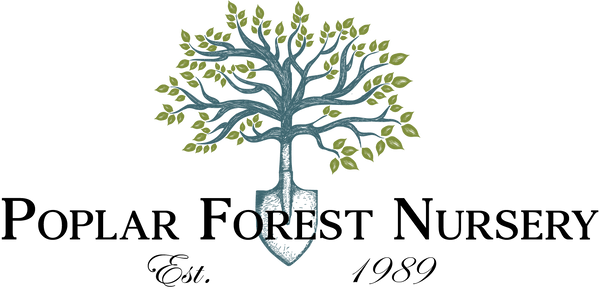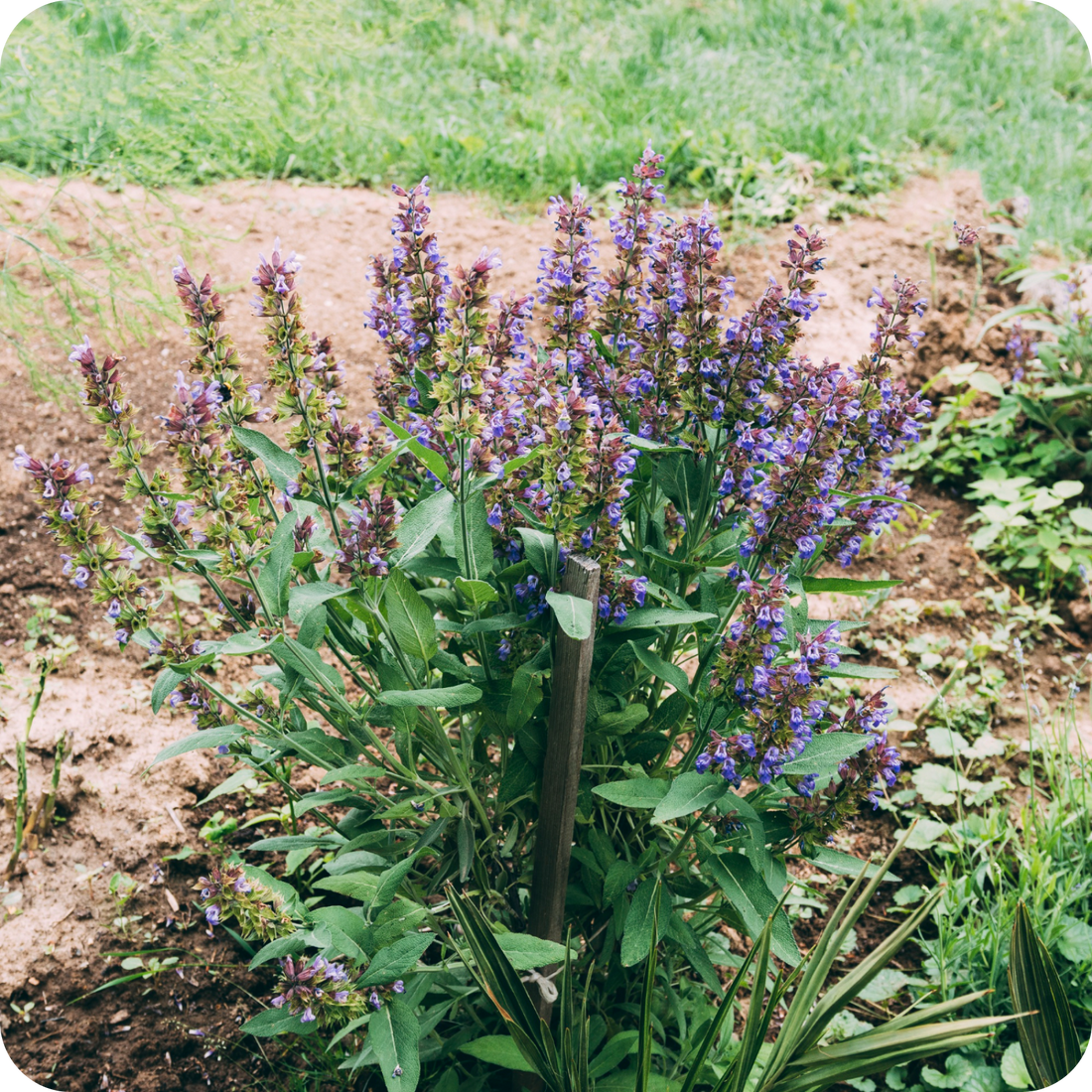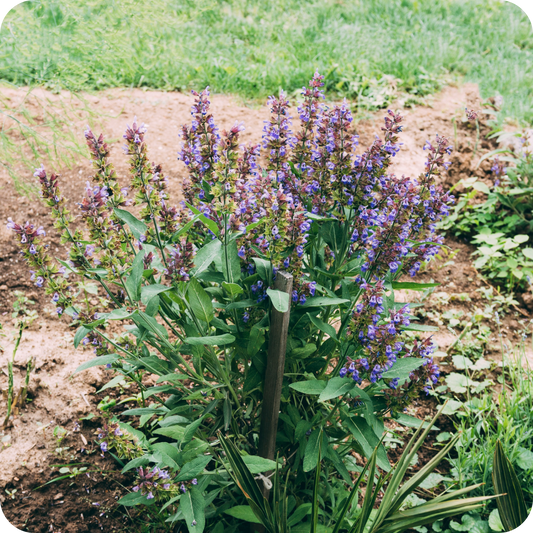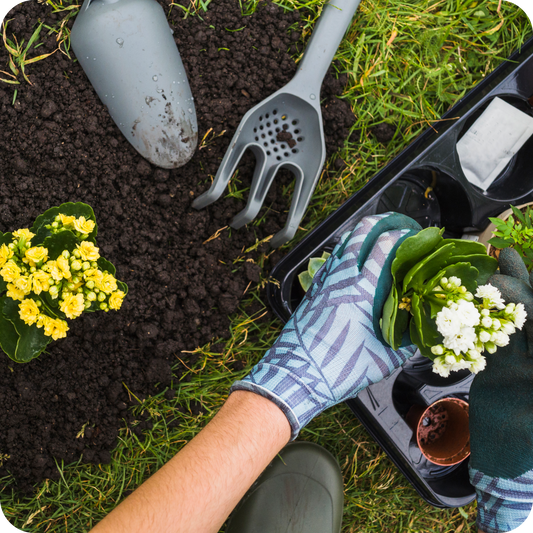Pollinators play a crucial role in the ecosystem by facilitating the reproduction of plants through the transfer of pollen. By attracting pollinators to your garden, you can promote biodiversity, improve crop yields, and enjoy the beauty of fluttering butterflies, buzzing bees, and hovering hummingbirds. Here’s a guide to some of the best plants for attracting pollinators:
1. Lavender (Lavandula spp.)
- Type: Perennial
- Attributes: Fragrant flowers in shades of purple, blue, or white; attracts bees, butterflies, and hummingbirds.
- Growing Conditions: Full sun; well-drained soil.
- Additional Tips: Prune after flowering to promote bushy growth and continuous blooms.
2. Sunflowers (Helianthus spp.)
- Type: Annual or Perennial (depending on variety)
- Attributes: Large, sunny blooms in shades of yellow, orange, or red; attracts bees, butterflies, and birds.
- Growing Conditions: Full sun; average to fertile soil.
- Additional Tips: Provide support for tall varieties and deadhead spent flowers to prolong blooming.
3. Butterfly Bush (Buddleja davidii)
- Type: Shrub
- Attributes: Profusion of fragrant, cone-shaped flower clusters in various colors; attracts butterflies, bees, and hummingbirds.
- Growing Conditions: Full sun to part shade; well-drained soil.
- Additional Tips: Prune in late winter or early spring to encourage new growth and flowering.
4. Coneflowers (Echinacea spp.)
- Type: Perennial
- Attributes: Daisy-like flowers with prominent central cones in shades of purple, pink, or white; attracts bees and butterflies.
- Growing Conditions: Full sun to part shade; adaptable to various soil types.
- Additional Tips: Deadhead spent blooms to prolong flowering; leave seed heads for winter interest and bird food.
5. Salvia (Salvia spp.)
- Type: Annual or Perennial (depending on variety)
- Attributes: Spikes of tubular flowers in shades of blue, purple, red, or white; attracts bees, butterflies, and hummingbirds.
- Growing Conditions: Full sun to part shade; well-drained soil.
- Additional Tips: Prune back after flowering to promote new growth and maintain plant shape.
6. Milkweed (Asclepias spp.)
- Type: Perennial
- Attributes: Clusters of small, fragrant flowers in pink, orange, or white; essential for monarch butterflies and other pollinators.
- Growing Conditions: Full sun; well-drained soil.
- Additional Tips: Allow some seed pods to mature for monarch butterfly larvae to feed on.
7. Bee Balm (Monarda spp.)
- Type: Perennial
- Attributes: Showy clusters of tubular flowers in shades of red, pink, purple, or white; attracts bees, butterflies, and hummingbirds.
- Growing Conditions: Full sun to part shade; moist, well-drained soil.
- Additional Tips: Divide clumps every few years to maintain plant vigor and prevent overcrowding.
8. Zinnias (Zinnia spp.)
- Type: Annual
- Attributes: Bright, colorful blooms in a wide range of colors; attracts butterflies and bees.
- Growing Conditions: Full sun; well-drained soil.
- Additional Tips: Deadhead spent flowers to encourage continuous blooming throughout the season.
9. Verbena (Verbena spp.)
- Type: Annual or Perennial (depending on variety)
- Attributes: Clusters of small, fragrant flowers in shades of purple, pink, red, or white; attracts butterflies and bees.
- Growing Conditions: Full sun; well-drained soil.
- Additional Tips: Cut back leggy growth to promote bushy plants and prolong flowering.
10. Phlox (Phlox spp.)
- Type: Perennial
- Attributes: Clusters of fragrant, star-shaped flowers in shades of pink, purple, or white; attracts butterflies and bees.
- Growing Conditions: Full sun to part shade; fertile, well-drained soil.
- Additional Tips: Provide good air circulation to prevent powdery mildew; divide clumps every few years to maintain vigor.
Creating a Pollinator-Friendly Garden
To attract a diverse array of pollinators to your garden, plant a variety of flowers that bloom at different times throughout the growing season. Incorporate native plants whenever possible, as they are well-adapted to local pollinators' needs. Avoid using pesticides and herbicides that can harm beneficial insects. By creating a pollinator-friendly garden, you can enjoy the beauty of nature while supporting essential pollinators in your local ecosystem.



